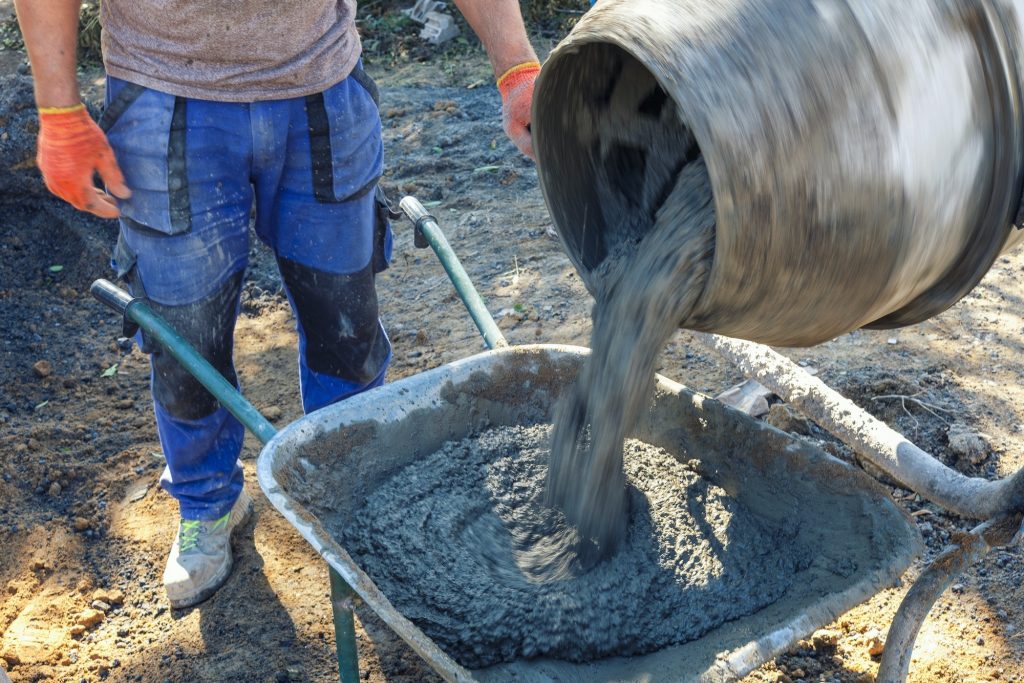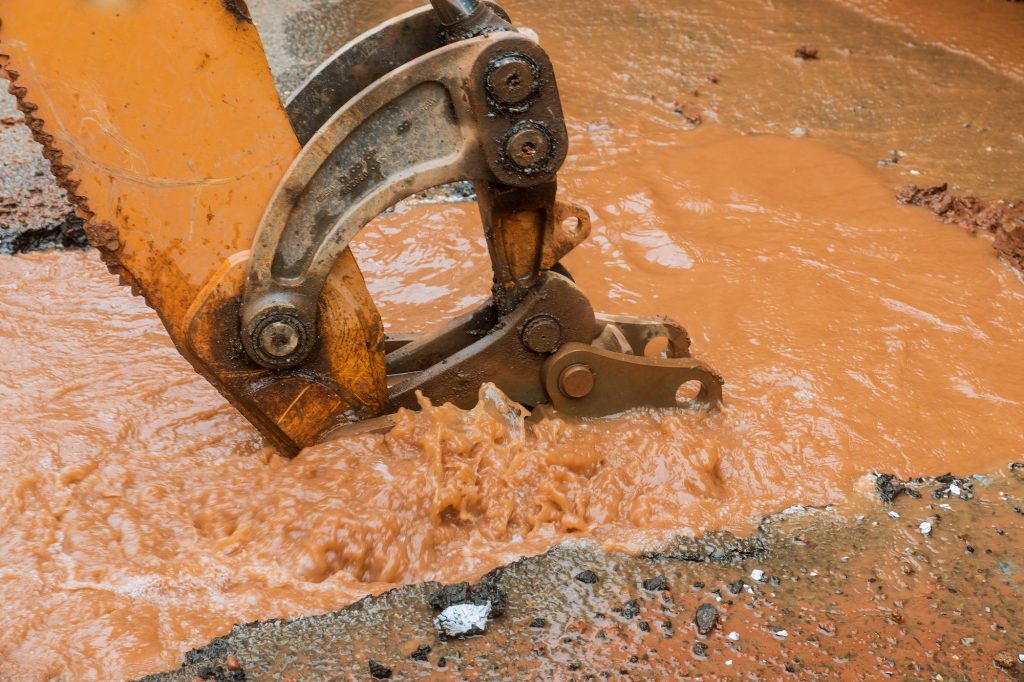Common Water Problems & Solutions
There are a number of common water problems that may occur in your home. These include Taste & Odour, Bacteria, Limescale and Particulate / Sediment. If you experience one of these problems, it’s important to address the problem promptly to prevent further damage.
Taste & Odour
The taste and odour of water is one of the many indicators of the quality of the drinking water. However, this can vary from person to person. Some people have a higher sensitivity to tastes and odors.
The chemical composition of drinking water is a major factor in determining its taste and odour. Most water is treated using chlorine, which is effective at killing viruses and harmful bacteria. Nonetheless, chlorine can also produce an unpleasant odour.
The presence of hydrogen sulfide in water can be a cause for concern. This corrosive substance can damage pipes and leave black stains. Furthermore, it can be the source of rotten egg smell.
A number of natural and industrial compounds are present in water. These can produce a variety of unpleasant tastes and odors. Many of these are caused by high levels of chloride. It is important to avoid exposure to such contaminants.
The primary concern when determining the composition of water is the detection of organoleptic compounds. The human senses are extremely sensitive to these compounds.
Limescale
Limescale is a complex white chalky deposit formed when water dispenses and collects. This small, but powerful, enticing fact can cause significant problems.
Limescale can cause damage to appliances, pipes and even your clothing. It’s a good idea to prevent it by flushing your sinks and showers regularly. You may need to purchase a water softener to remove the mineral deposits that cause limescale.
If you live in an area with high levels of calcium bicarbonate, your home will be more prone to the formation of scale. The best way to avoid this is to use a water filtration system.
One of the most common solutions is to drain the tank of your hot water heater at least twice a year. If you’re not confident about doing this yourself, you can hire a plumber to do the job for you.
A good water filtration system can also be used to help remove the minerals that create limescale. For example, a carbon water filter will remove the minerals through the use of carbon.
Bacteria
If you are experiencing water problems, you might have bacteria in the water. This can cause some health concerns, including diarrhea and hepatitis. It can also make drinking water taste bad.
There are several different types of bacteria that can be found in water. Some are harmful to humans, while others are beneficial. In addition, the bacteria that are present can vary, depending on the source.
The best way to find out if your water has disease-causing bacteria is by having it professionally tested. A trained professional can test the water, determine its source, and suggest a treatment plan.
One of the best ways to tell if your water is contaminated is by testing for coliform bacteria. These bacteria are often found in wells, and they can be an indicator of the presence of disease-causing microorganisms.
Another common problem is an excessive algal bloom. An excessive algal bloom can limit recreational water use, and it can also inhibit the quality of light in the water column.
Particulate / Sediment
Sediment and turbidity can be problems for a number of people. Turbidity is a condition that can occur when water contains particles that have a size that prevents them from settling out of the water column. Besides causing cloudiness and reduced biologically available oxygen, turbidity also limits the ability of aquatic plants to photosynthesis. It can be a major source of waterborne disease outbreaks.
Depending on the physical and chemical properties of contaminants, the fate of sediments and turbidity can vary significantly. Some pollutants can be dissolved in a short period of time, while others remain stuck to the sediment for years. The fate of sediments and turbidity is determined by a number of different factors, including the physical/chemical properties of the contaminant and the type of water body.
Sediment and turbidity are often associated with storm water runoff, but can be present in a variety of different locations. Sediment can also come from a number of different sources, such as agricultural activities, mining, and construction.



